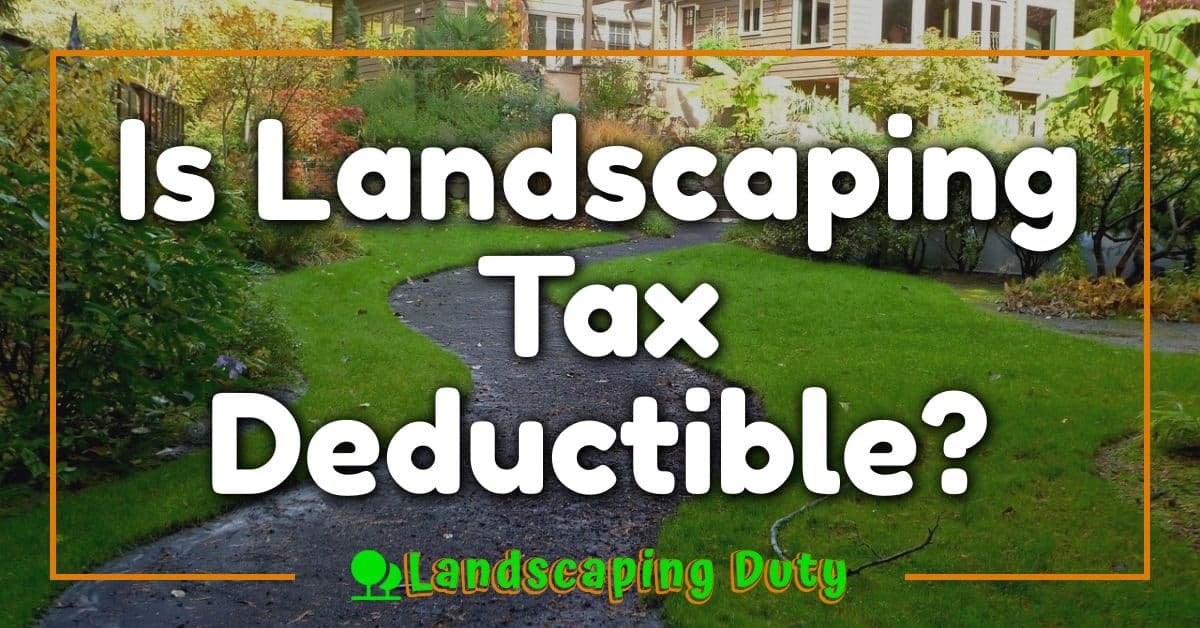Creating a beautiful landscape in a desert climate can feel like a challenge, but I’ve found it’s totally doable with the right approach. Embracing the unique conditions of arid environments opens up a world of creative possibilities for your outdoor space.

From choosing drought-resistant plants to implementing smart irrigation systems, there are several best practices that can make your desert landscaping both stunning and sustainable. I’m excited to share the tips and strategies that have helped me and many others transform barren landscapes into vibrant oases.
With the right knowledge and tools, you can create a thriving desert garden that not only survives but flourishes. Let’s explore the essentials that will help you design a beautiful and resilient outdoor space tailored to desert living.
Understanding Desert Climates
Desert climates present unique challenges for landscaping due to extreme temperatures and limited rainfall. Typically, these regions experience annual precipitation below 10 inches, with some areas receiving as little as 2 inches per year. High daytime temperatures often exceed 100°F, while nighttime temperatures can drop significantly, sometimes by 30°F.
I’ve found that soil composition in desert areas usually consists of sandy or rocky substrates with low organic matter. This makes retaining moisture difficult and limits plant growth. Additionally, intense sunlight can cause rapid evaporation, further stressing vegetation.
Water scarcity is a major concern, so I focus on efficient irrigation methods. Evapotranspiration rates are high, meaning plants lose water quickly, requiring careful selection of drought-resistant species. Understanding these climatic factors is essential for designing a sustainable and thriving desert landscape.
Plant Selection
Choosing the right plants sets the foundation for a successful desert landscape. I focus on selecting species that thrive in arid conditions and require minimal maintenance.
Native Plants
Native plants adapt naturally to desert climates, reducing water consumption and maintenance. Examples include:
- Saguaro Cactus: Reaches up to 40 feet, blooms in late spring.
- Creosote Bush: Evergreen shrub, aromatic foliage.
- Desert Marigold: Bright yellow flowers, blooms spring and fall.
These plants support local wildlife and maintain ecological balance.
Drought-Tolerant Plants
Drought-tolerant plants withstand limited rainfall and high temperatures. I incorporate species like:
- Agave: Succulent with sharp leaves, low water needs.
- Yucca: Architectural form, withstands extreme heat.
- Lavender: Fragrant blooms, attracts pollinators.
Using these plants ensures a vibrant garden with minimal watering requirements.
Soil Preparation And Maintenance
Proper soil preparation ensures your desert garden thrives despite harsh conditions. Maintenance practices help sustain soil health and moisture levels.
Improving Soil Quality
Enhancing soil quality starts with amending sandy or rocky substrates. I incorporate organic matter like compost to boost nutrient content and water retention. Adding gypsum helps break up compacted soil, improving aeration. Testing soil pH annually guides necessary adjustments, ensuring optimal conditions for plant growth. Implementing raised beds can also enhance drainage and soil structure in arid environments.
Mulching Techniques
Mulching conserves moisture and regulates soil temperature. I use organic mulches such as bark or straw, which decompose to enrich the soil over time. Inorganic options like gravel reflect sunlight, reducing soil temperature. Applying a 2-3 inch layer around plants minimizes evaporation and suppresses weed growth. Replenishing mulch annually maintains its effectiveness and supports sustainable garden maintenance.
Irrigation Strategies
Implementing effective irrigation strategies is crucial for maintaining a healthy desert landscape. Here are the primary methods to ensure efficient water usage.
Efficient Watering Systems
Selecting the right watering system optimizes water distribution and reduces waste. I utilize:
- Drip Irrigation: Delivers water directly to plant roots, minimizing evaporation.
- Soaker Hoses: Allow for slow water release along their length, ensuring deep soil penetration.
- Smart Controllers: Adjust watering schedules based on weather conditions, enhancing efficiency.
Drip Irrigation Benefits
| Benefit | Description |
|---|---|
| Water Efficiency | Reduces water consumption by up to 50%. |
| Precise Watering | Delivers water directly to plant roots. |
| Weed Growth Suppression | Minimizes water availability for weeds. |
| Healthier Plant Roots | Encourages deeper root development. |
| Lower Maintenance Effort | Decreases the need for frequent watering. |
Design Principles
Effective design principles ensure that desert landscapes are both sustainable and visually appealing. I apply these principles to optimize plant health and water efficiency in arid environments.
Xeriscaping Concepts
Xeriscaping emphasizes water-efficient landscaping tailored to desert climates. I implement the following key components:
- Planning: Assessing site conditions like sunlight exposure, soil type, and water availability to inform design decisions.
- Soil Improvement: Incorporating organic matter and amendments such as compost and gypsum to enhance moisture retention and soil structure.
- Appropriate Plant Selection: Choosing native and drought-resistant plants that thrive in arid conditions, reducing the need for supplemental watering.
- Efficient Irrigation: Utilizing drip irrigation systems to deliver water directly to plant roots, minimizing waste and evaporation.
- Mulching: Applying organic or inorganic mulch to conserve soil moisture, regulate temperature, and suppress weed growth.
Creating Shade And Shelter
- Shade Structures: Installing pergolas, shade sails, or awnings to create shaded areas that lower ambient temperatures around plants.
- Strategic Plant Placement: Positioning larger plants or trees to provide natural shade for smaller, more delicate species.
- Wind Barriers: Incorporating fences, walls, or dense plantings to shield gardens from harsh winds, reducing moisture evaporation.
- Microclimates: Designing garden zones with varying levels of shade and shelter to support diverse plant needs and enhance overall resilience.
Sustainable Practices
Implementing sustainable practices ensures your desert landscape remains vibrant and eco-friendly. I focus on several key areas to achieve this balance.
« How to Plant a Pollinator Garden: Step-by-Step Guide for Beginners Mulching Around Trees: Essential Do’s and Don’ts for Healthy Growth »
Water Conservation
Efficient water use is crucial in desert climates. I prioritize methods that minimize waste and maximize retention.
- Drip Irrigation: Delivers water directly to plant roots, reducing evaporation.
- Rainwater Harvesting: Collects and stores rainwater for irrigation during dry periods.
- Smart Controllers: Adjust watering schedules based on real-time weather data.
Native and Drought-Tolerant Plants
Selecting the right plants reduces maintenance and supports local ecosystems.
- Native Species: Adapt naturally to arid conditions, requiring less water and care.
- Drought-Tolerant Varieties: Include plants like Agave, Yucca, and Lavender that thrive with minimal watering.
Soil Management
Healthy soil retains moisture and provides essential nutrients for plant growth.
- Organic Amendments: Incorporate compost and gypsum to improve soil structure and fertility.
- Mulching: Apply organic or inorganic mulches to conserve moisture, regulate temperature, and suppress weeds.
| Soil Management Technique | Benefits |
|---|---|
| Organic Amendments | Enhances nutrient content and aeration |
| Mulching | Conserves moisture and regulates soil temperature |
| Annual pH Testing | Ensures optimal conditions for plant growth |
Energy-Efficient Design
Designing your landscape with energy efficiency in mind reduces environmental impact and maintenance costs.
- Shade Structures: Provide relief from intense sun, reducing plant stress and water needs.
- Strategic Plant Placement: Positions plants to offer natural cooling and wind protection, enhancing overall resilience.
Waste Reduction
Minimizing waste contributes to a sustainable garden ecosystem.
- Composting: Recycles organic waste into valuable soil amendments.
- Recycling Water: Utilizes greywater systems to reuse water for irrigation, decreasing overall consumption.
By integrating these sustainable practices, I create desert landscapes that are not only beautiful but also environmentally responsible and resilient.
Conclusion
Creating a stunning desert landscape is entirely possible with the right approach. I’ve found that choosing the right plants and implementing smart irrigation techniques make a world of difference. Seeing my garden thrive even under harsh conditions has been incredibly rewarding. Embracing sustainable practices not only beautifies the space but also respects the environment. Whether you’re a seasoned gardener or just starting out transforming your outdoor space into a vibrant desert oasis is within reach. I hope these best practices inspire you to design a resilient and beautiful landscape that you’ll enjoy for years to come.
















